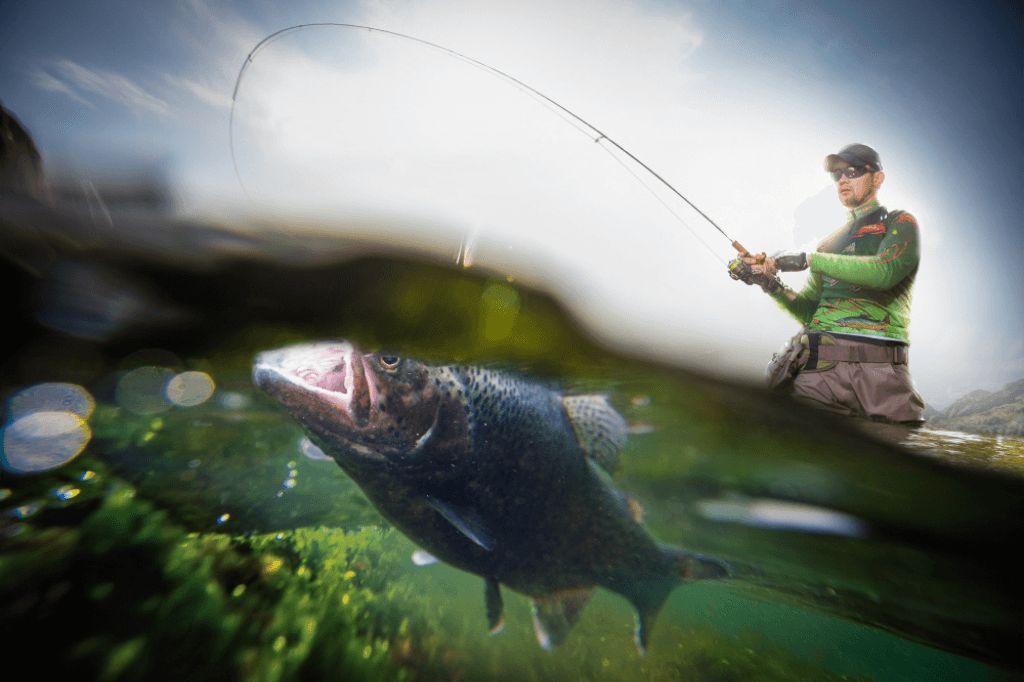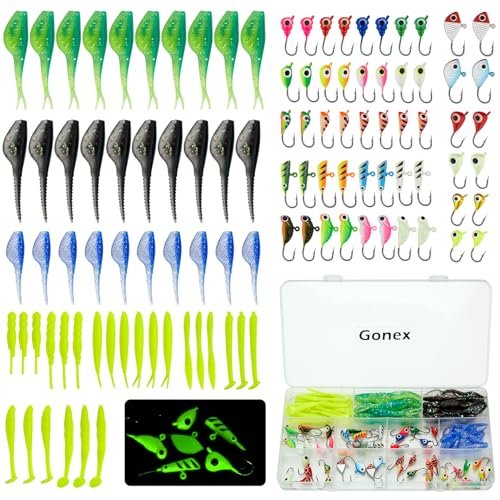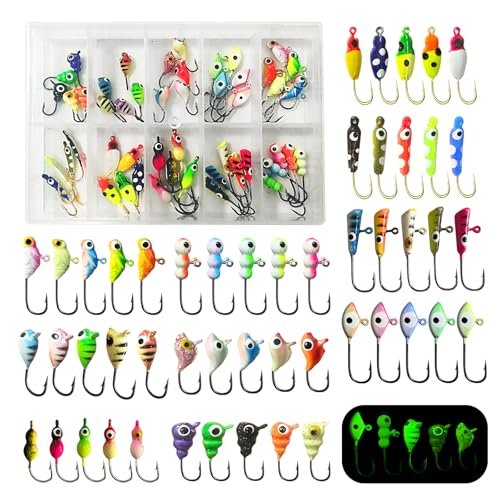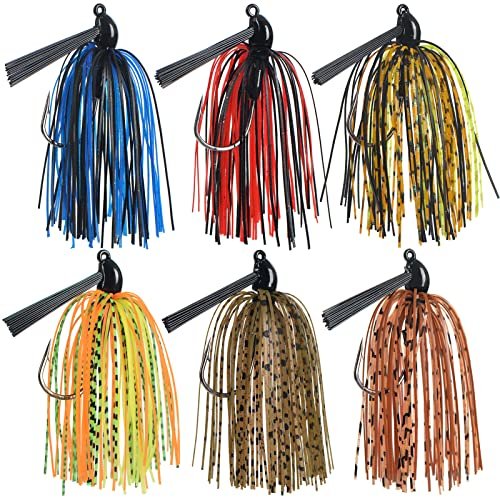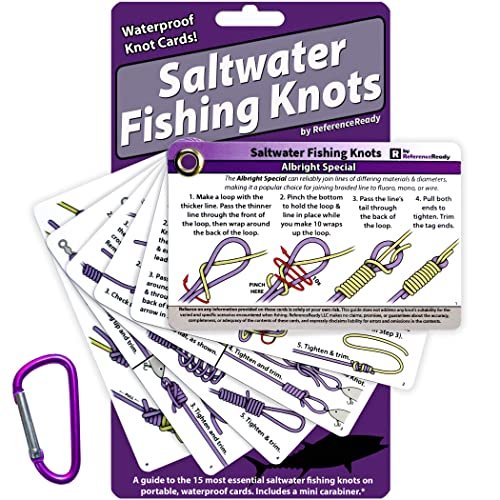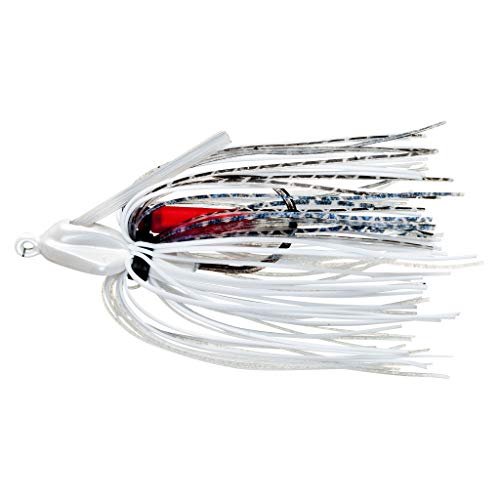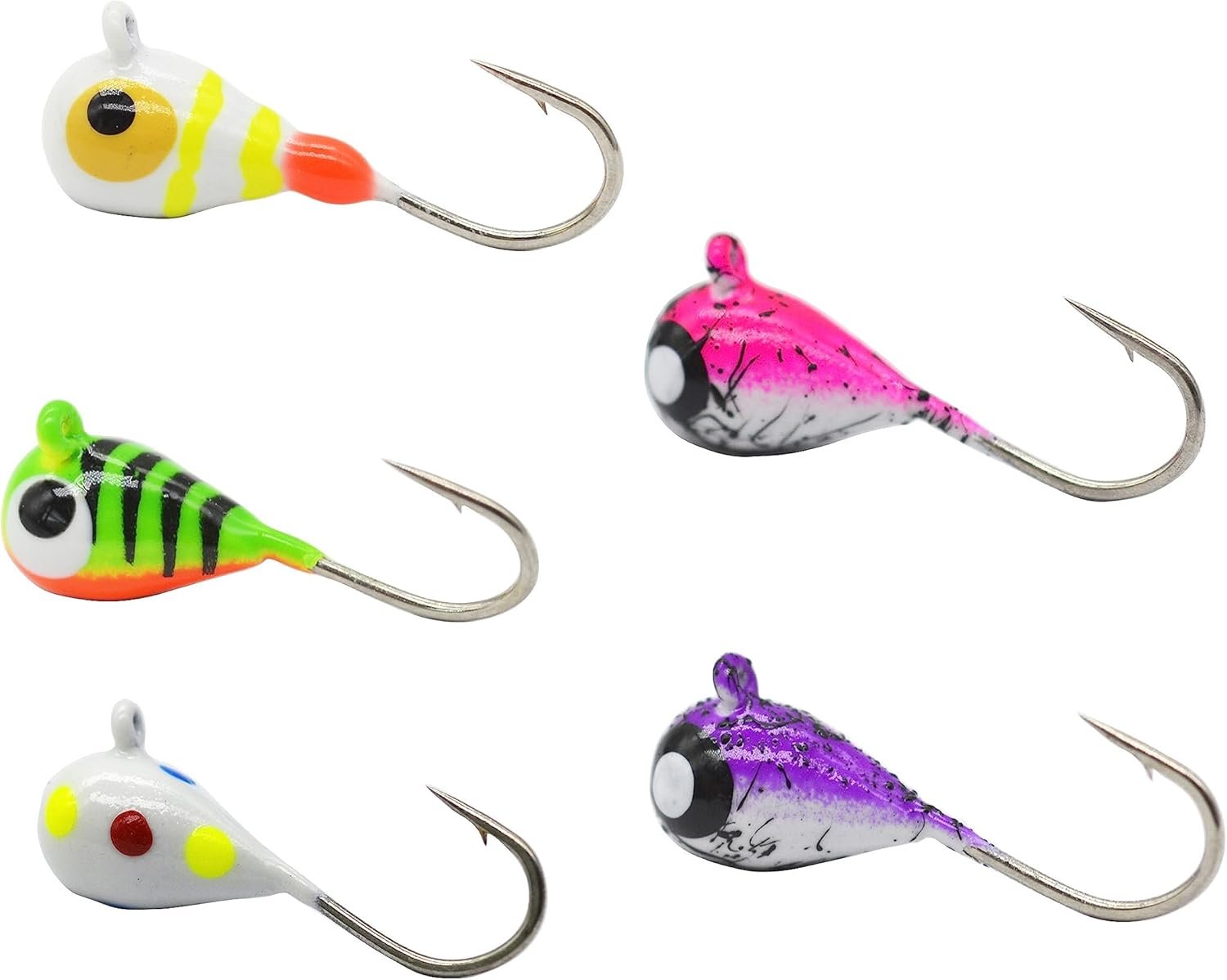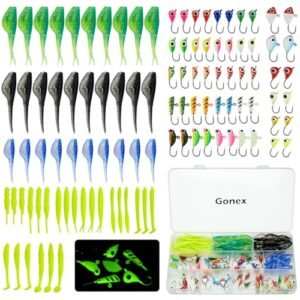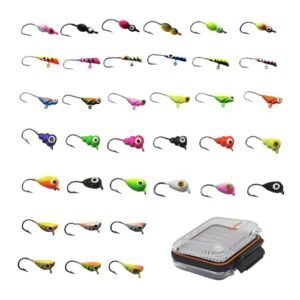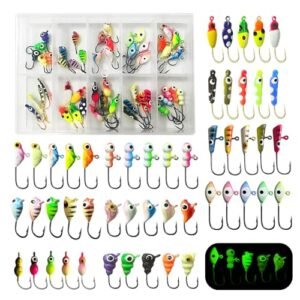Trout fishing requires careful consideration of the fishing line. Fluorocarbon lines are popular due to their invisibility underwater, which is crucial for catching wary trout. These lines also have excellent sensitivity, allowing anglers to detect even the slightest bite. Another option is monofilament, known for its versatility and ease of use, although it’s more visible in water.
Braided lines, though strong, are less ideal due to their high visibility. Choosing the right line depends on water conditions and personal preference. By understanding the strengths and weaknesses of each type, anglers can make informed decisions and increase their chances of a successful trout fishing experience.

Hooked On Trout: The Quest For The Ideal Line
The type of trout and its habitat are important. Different trout species need different fishing lines. Rainbow trout prefer lakes and streams. Brown trout are found in rivers. Brook trout live in colder waters. Each habitat needs a specific line.
A strong line is needed for bigger trout. Smaller trout need a lighter line. Water clarity also affects line choice. Clear water needs a thin, invisible line. Murky water can use a thicker line. Line strength and visibility are key factors.
Monofilament Magic: The Classic Choice
Monofilament Magic remains a top choice for trout fishing due to its versatility and ease of use. Its strength and flexibility offer excellent control and precision, making it perfect for both beginners and experienced anglers.
Benefits Of Monofilament Lines
Monofilament lines are very affordable and easy to find. They offer great knot strength and are easy to handle. Monofilament lines also provide a good amount of stretch, which helps absorb the shock from a fighting trout. This type of line is very versatile and can be used in many fishing situations.
When To Use Monofilament For Trout
Use monofilament lines in clear water where trout can see the line. They work well in varied weather conditions. Monofilament lines are best used with light to medium lures. This type of line is also great for beginner anglers due to its simplicity.
Fluorocarbon Finesse: The Invisible Edge
Fluorocarbon Finesse: The Invisible Edge enhances trout fishing with its nearly invisible underwater presence. Ideal for clear waters, it offers superior sensitivity and strength.
Advantages Of Fluorocarbon Lines
Fluorocarbon lines are almost invisible underwater. This helps catch more trout. They also sink faster than other lines. This makes them perfect for deep waters. Fluorocarbon lines are also abrasion-resistant. They can handle rough underwater surfaces. This makes them durable and long-lasting.
Situations Suited For Fluorocarbon
Fluorocarbon lines work well in clear water. Trout cannot see the line, so they bite more. They also perform well in deep waters. The line sinks fast, reaching the trout quickly. Fluorocarbon is great for rocky areas. It resists damage from rough surfaces. This makes it ideal for trout fishing.
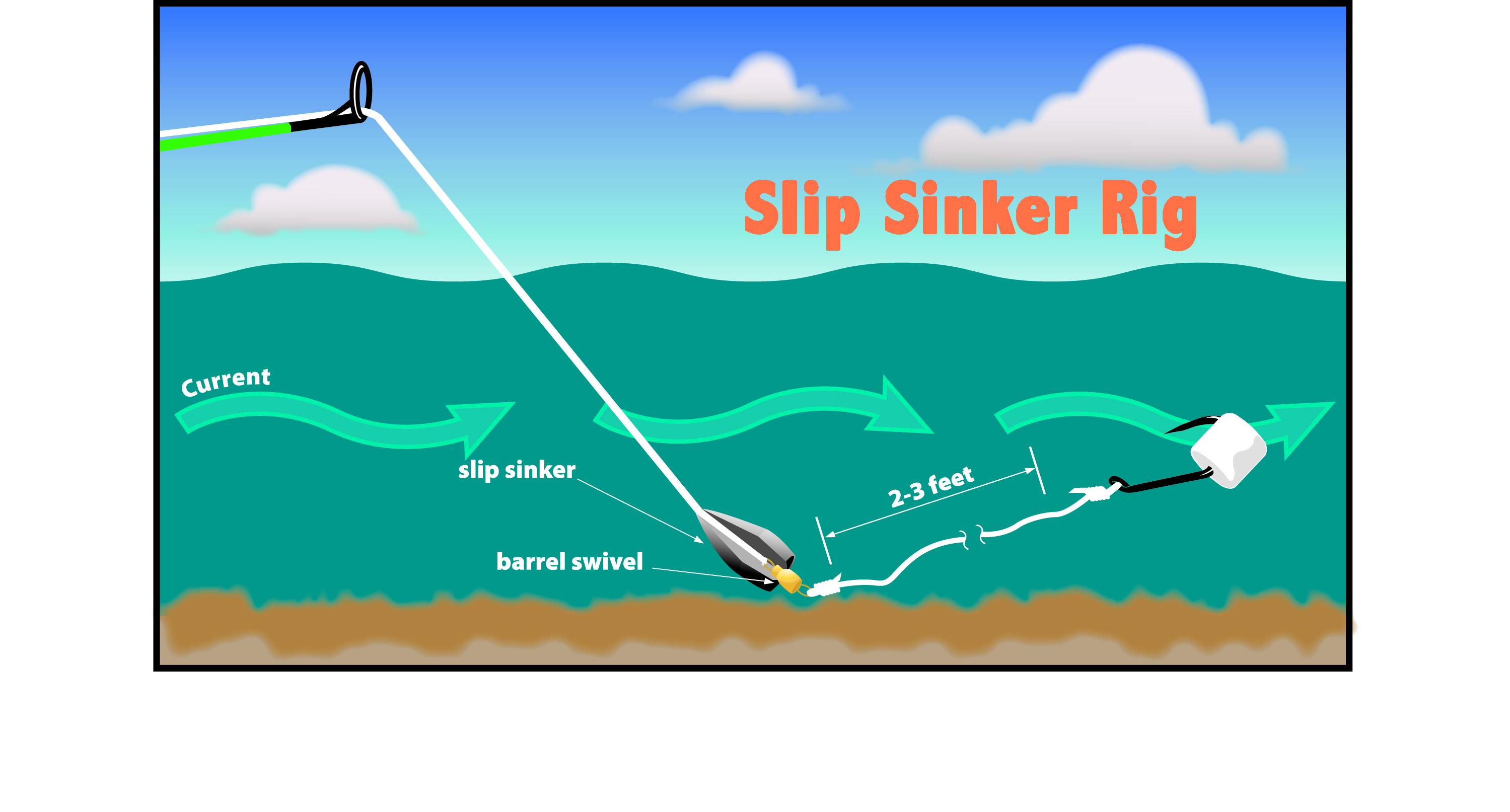
Credit: www.arkansasstateparks.com
Braided Brilliance: Strength And Sensitivity
Braided lines offer exceptional strength. They can handle heavy fish without breaking. These lines are also very sensitive. Feel even the slightest nibble. Braided lines have a thin diameter. This allows for longer casts. They are also resistant to abrasion. Perfect for rough underwater conditions.
Use braided lines in heavy cover areas. These include places with lots of weeds or rocks. Clear water is another good condition. The thin diameter makes it less visible. Deep water fishing benefits too. The strength helps with large trout. Braided lines also work well in fast-moving water.
Diameter And Strength: Balancing Act
Line weight is very important in trout fishing. A lighter line can be better. It makes the bait look natural. A heavier line is stronger. But it might scare the fish.
Line diameter should match the size of the trout. Small trout need a thin line. Big trout need a thicker line. This balance helps in catching trout easily.
Color And Visibility: Stealthy Strategies
Different line colors can help you catch more trout. Clear lines are almost invisible underwater. This makes them a popular choice. Green lines blend well with algae and weeds. Brown lines work great in muddy waters.
Use yellow or orange lines for better visibility above water. These colors help you see your line clearly. Fluorocarbon lines are another good option. They are nearly invisible underwater.
Trout can see fishing lines if they are too bright. Using the right color can make a big difference. Bright lines may scare fish away. Stealthy colors can help you catch more trout.
Choosing the right line depends on water conditions. Clear water needs clear or green lines. Muddy water is best for brown lines. Always match your line color to the water.
Durability And Abrasion Resistance: Tough Lines For Rugged Waters
Trout often swim near rocks and logs. Lines can get scratched by these surfaces. Abrasion-resistant lines help prevent damage. Scratches can weaken the line. A strong line ensures you don’t lose your catch. Fishing in clear water? Abrasion resistance is still crucial. It keeps your line invisible to fish.
Durability testing happens in real fishing spots. Lines are checked for strength and flexibility. Anglers pull on the lines hard. Lines should not snap easily. They must handle big fish without breaking. Good lines last for many fishing trips. Durable lines save money and time.
Angler Reviews: Top-rated Trout Lines
Discover the top-rated trout lines in Angler Reviews. Find out the best fishing line for a successful trout catch. Explore expert recommendations to enhance your trout fishing experience.
Angler Favorites And Testimonials
Many anglers love the Berkley Trilene XL. It is smooth and strong. It also has great castability. Another favorite is the Seaguar InvizX. This line is almost invisible underwater. It helps catch more trout. Some fishers prefer the Sufix Elite. It has excellent knot strength and low memory. These lines are highly rated by many.
Testimonials often mention the durability of these lines. They last through many fishing trips. The ease of use is another big plus. Many beginners find these lines simple to handle. Anglers often say they catch more fish with these lines. Choosing the right line can make a big difference. These lines are highly recommended by both new and experienced anglers.
Tackle Tips: Rigging And Knots For Trout Lines
Choosing the best fishing line for trout involves understanding different rigging techniques and knots. Fluorocarbon lines offer excellent invisibility underwater, enhancing your chances of a successful catch.
Knot Tying Techniques For Trout Fishing
Trout fishing requires strong and reliable knots. The Palomar knot is very effective. It provides excellent strength and is easy to tie. Another great knot is the Improved Clinch knot. This knot is simple and holds well under pressure. The Loop knot allows natural bait movement. It is perfect for presenting live bait to trout. Practice makes perfect with these knots. Ensure each knot is tied correctly to avoid line breaks.
Rigging Setups For Different Trout Lines
Rigging varies based on the line type. Monofilament lines are versatile and easy to rig. They work well with most setups. Fluorocarbon lines are invisible underwater. They are ideal for clear water fishing. Braided lines offer strength and durability. They are great for heavy cover areas. Each line type requires different rigging techniques. Choose the right setup for the best results.
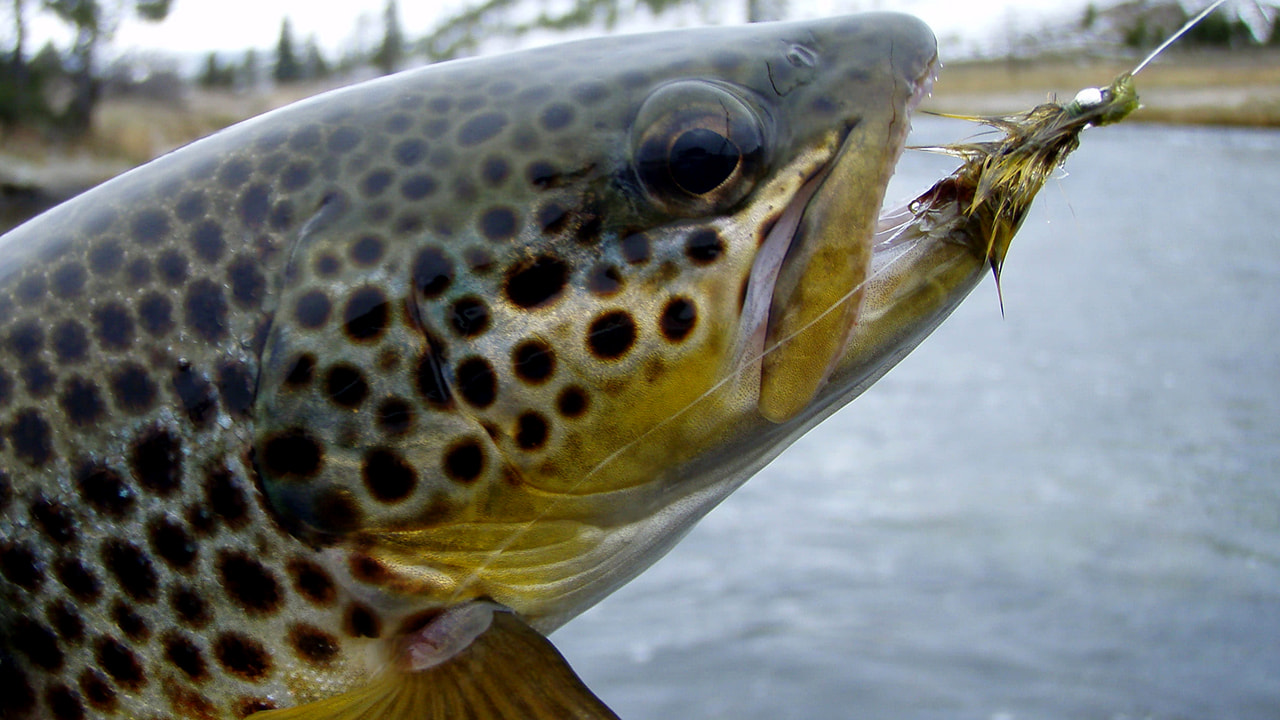
Sustainability And Environmental Considerations
Choosing the best fishing line for trout involves considering sustainability and environmental impact. Eco-friendly materials minimize harm to aquatic ecosystems.
Eco-friendly Fishing Line Options
Eco-friendly fishing lines help protect our lakes and rivers. These lines break down faster than normal ones. They are made from materials that do not harm fish or plants. Choosing these lines helps keep the water clean and safe.
Responsible Disposal And Recycling
Never throw old fishing lines into the water. Always recycle them at special bins or stores. This prevents animals from getting tangled. Many places offer fishing line recycling programs. Use these programs to help keep the environment clean.
Frequently Asked Questions
What Kind Of Line Is Best For Trout?
Fluorocarbon line is best for trout fishing. It is nearly invisible underwater and offers excellent abrasion resistance. For versatile use, a 4-6 lb test line works well.
Is Fluorocarbon Or Monofilament Better For Trout?
Fluorocarbon offers better abrasion resistance and invisibility in water, ideal for clear waters. Monofilament provides better stretch and is easier to handle, suitable for beginners. Choose based on water clarity and skill level.
Do You Need Braided Line For Trout?
Braided line isn’t necessary for trout fishing. Monofilament or fluorocarbon lines are commonly preferred for their invisibility and sensitivity.
Is Green Or Clear Line Better For Trout?
Green line is better for trout in murky waters, while clear line works well in clear waters. Choose based on water conditions.
Conclusion
Choosing the best fishing line for trout can significantly enhance your angling success. Consider the water conditions and your fishing style. Monofilament, fluorocarbon, and braided lines each offer unique benefits. Make an informed decision and enjoy your trout fishing adventures.
Happy fishing!
